Michael Bellstedt
Advisor: Prof. Eduard Epp
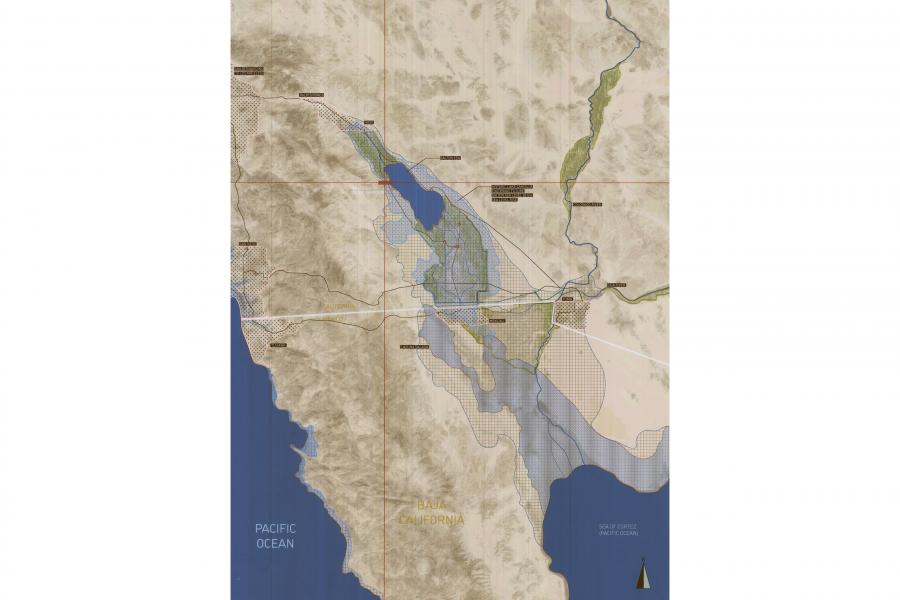
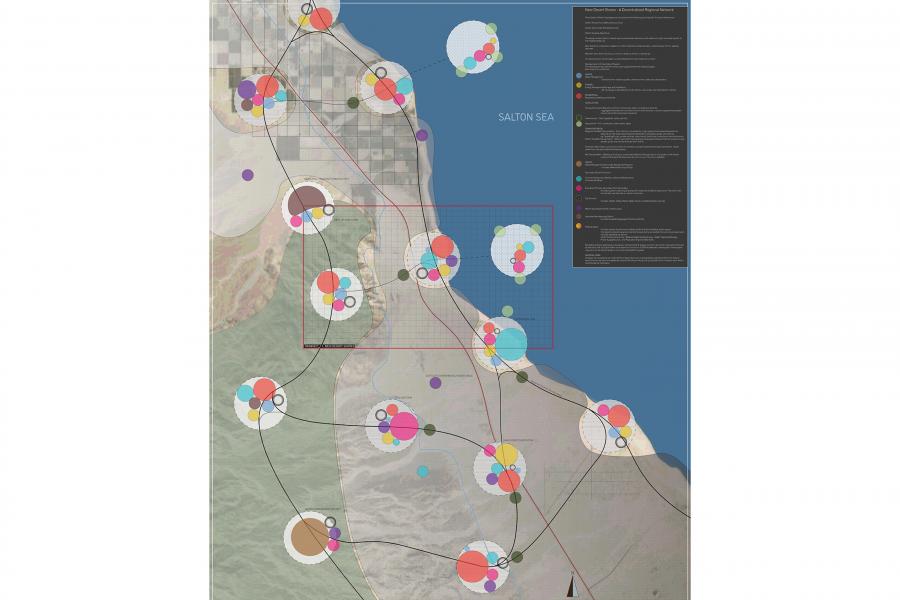
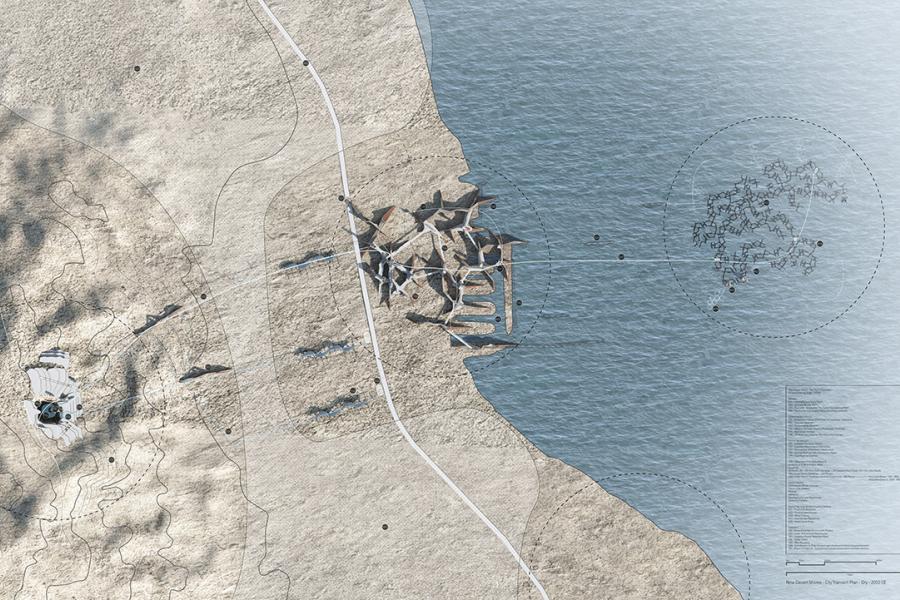
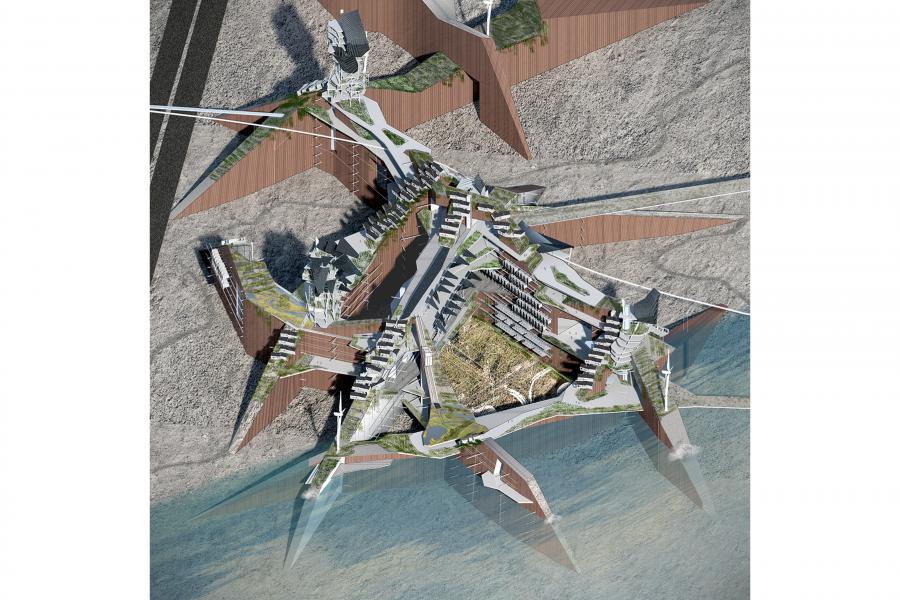
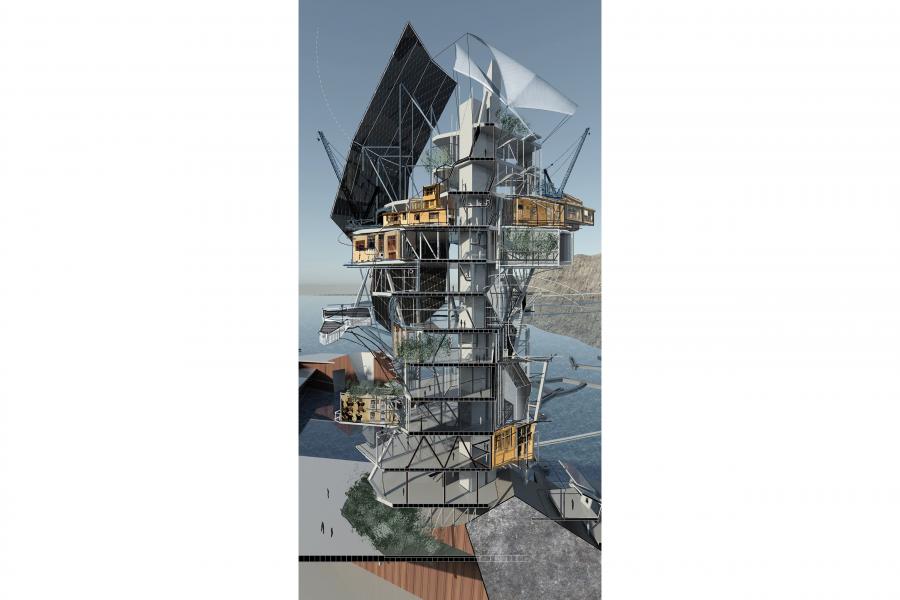
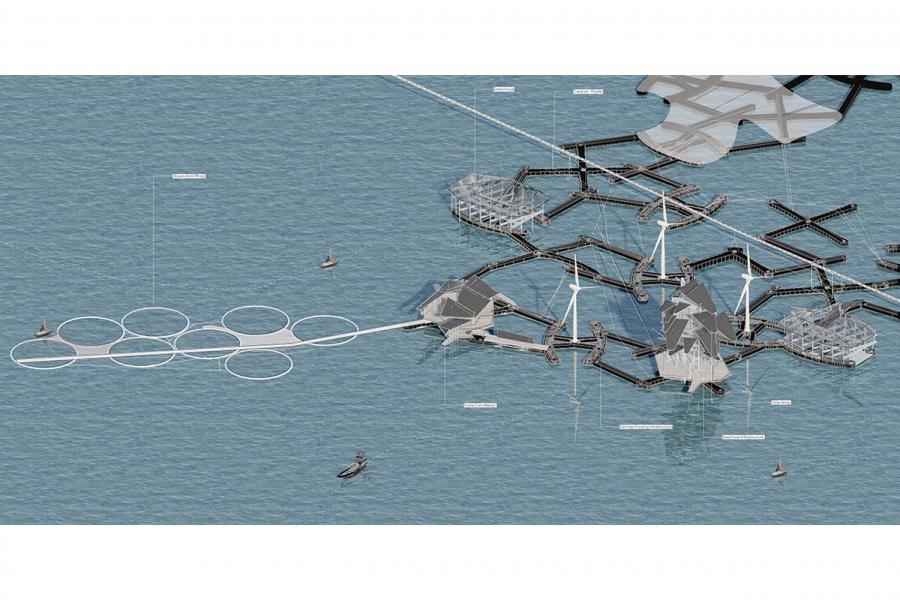
New Desert Shores: Composing Neo-Settlement for the Post-Flood World
Cities exist as traces of prevailing societal cultures and human desire, negotiating untold multitudes of factors which shape their being. Wolfgang Braunfel notes that cities are not designed, rather they “designed themselves as reflections of forms of government and ideals of order.”1 The architect currently has a finite role to play in the city’s self-regulating machine: architecture is suggested to the city, but is inevitably claimed and altered by versions of the culture that birthed it.
This design thesis argues that the role of the architect must expand into seeking radically alternative urbanity in the form of large scale infrastructural interventions to adapt and prepare humanity for unprecedented future scenarios regarding rising urban populations, temperatures, and sea levels on Earth. To what extent can the role of the architect shift toward becoming an agent of change for the accountability of cities to planetary ecology?
The Coachella and Imperial Valleys in Southern California exemplify naturally radical locations because of their extreme temperature, earthquake risk, fire risk, and future flood risk from the rising Pacific Ocean.2 They are also socially radical, as they host heterotopian settlement which is unique to the desert and its proximity to the Salton Sea. With numerous variables in these areas being noticeably affected by human induced climate change, the sites exist as hinges of extremity between humanity’s current and future living conditions. This makes the location an ideal testing ground for architectures which are resilient to growing desert conditions across the planet, rising global temperatures, and changing ocean levels.
New Desert Shores is a speculative settlement project located on the shores of the Salton Sea CA which aims to challenge the infrastructural and morphological status quo of the modern western city. The city composition is considered in three zones: Mountainous Desert, Flat Desert, and Sea. Each zone is intended to host distinct districts of substantial architectural and systemic variety which support each other to form a resilient, self-regulating network of settlement. For example, in order to withstand flooding on the flat desertscape, it is proposed that massive landform constructions - known as terramorphic profiles - are designed to act as a primary infrastructure on which to construct parasitic architecture. These landform structures are architectural themselves, and are designed using a combination of contemporary, and ancient building techniques/technologies.
The architectural forms and spaces themselves, while constructible, perhaps seem unattainable. Yet, embedded within the drawings is a projection of a society in which such construction would be possible. Similar to how current cities exist as traces of political and cultural trends, New Desert Shores in its construction hints at both subtle and radical changes in societal makeup.
1Spiro Kostof, The City Shaped: Urban Patterns and Meanings Through History. London:Thames and Hudson, 1991. 15.
2Chris Clarke, “Global Warming, Storm Surges & the Mother Of All Desert Floods,” Socal Focus, September 14, 2011. https://www.kcet.org/socal-focus/global-warming-storm-surges-the-motherof-all-desert-floods.
